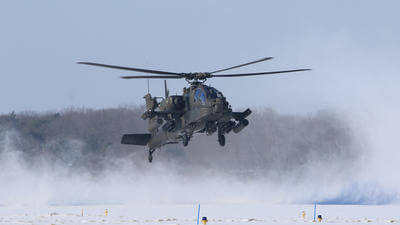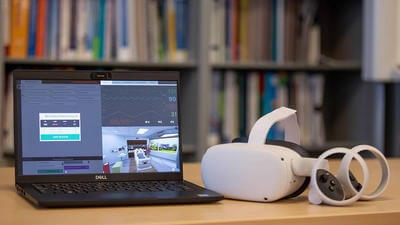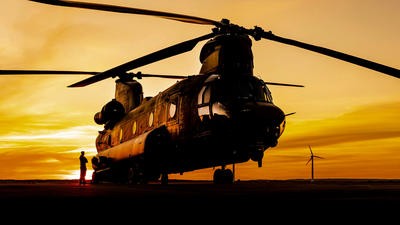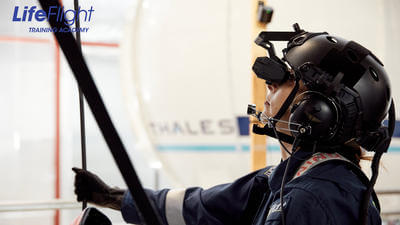Provider Profile: HEMS ops in Sicily
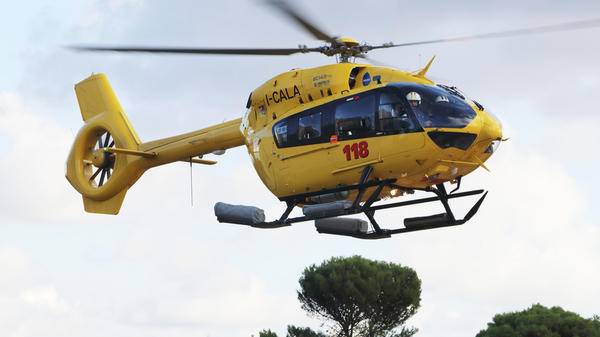
Peter Ten Berg reports on the fleet of helicopters that support primary and secondary medical transfer missions on the Italian island
In southern Italy, Helicopter Emergency Medical Services (HEMS) are organized under the responsibility of Regione Sicilia, one of 118 Italian regional national healthcare emergency centers. With a network of hospitals and ambulance services, the Mediterranean island currently operates six HEMS aircraft. Helicopters are an essential asset for the volcanic island of Sicily, providing urgent medical support to and from remote parts of the island, which, with its mountainous landscape, makes helicopters the only way to ensure a quick response time to remote areas.
Dr Marco Scalia, anaesthetist at Cannizzaro Hospital in Catania, manages the hospitals’ HEMS base at Catania, with three other bases being Palermo, Messina and Caltanissetta. The Regione Sicilia organization also includes helicopter bases on the islands of Lampedusa and Pantelleria, which are about one flight hour south of Sicily.
Fleet and medical crew
The helicopter fleet includes two Leonardo AW139s based at Palermo and Lampedusa, two Airbus H145s at Catania and Caltanissetta, and finally two AW169s, which entered operations at Messina and Pantelleria in 2017. All helicopters are operated by the Italian subsidiary of Babcock International, and include a pilot and co-pilot or HEMS crew member as cockpit crew. In the cabin, the medical team comprises an anaesthetic doctor and a critical care nurse, supplied by the local hospitals.
Response times are key, said Dr Scalia, adding: “We fly HEMS missions for the Italian national health service and when an emergency call comes in, we are airborne within five minutes.”
The helicopter station at the Cannizzaro Hospital of Catania runs a daylight shift for HEMS operations from 07.30hrs until sunset, with a maximum of 12 hours. All Sicilian HEMS operations for primary emergency calls are operated during daylight hours under visual flight rules. In addition to responding to emergency calls, the helicopters are used to transfer patients between hospitals, the so-called secondary missions. The Catania-based H145 flew 686 missions in 2020, 75 per cent of which were primary emergency calls, with the remaining 25 per cent for secondary missions.

© Peter Ten Berg
Secondary flight operations include intensive care unit transfer flights, with the AW139 based at Palermo-Boccadifalco regional airport capable of carrying out Extra Corporeal Membrane Oxygenation (ECMO) transports, and newborn babies can be transferred safely using special thermal cradle incubators.
In contrast to the daylight-restricted primary HEMS operations, secondary missions are also flown at night, but only from official designated locations. The night operations, mostly under instrument flight rules, are supported by the use of night vision goggles for the helicopter crew.
With the coronavirus pandemic ongoing, the HEMS helicopters of 118 Regione Sicilia also provide hospital transfer flights of Covid-19 infected patients. For this task, the AW139s are normally deployed, as their cockpits are isolated from the cabin. Occasionally, other helicopters are used for Covid-19 flights, after which the helicopters receive an Ozone cleaning procedure of 50 minutes, before new flights can be assigned.
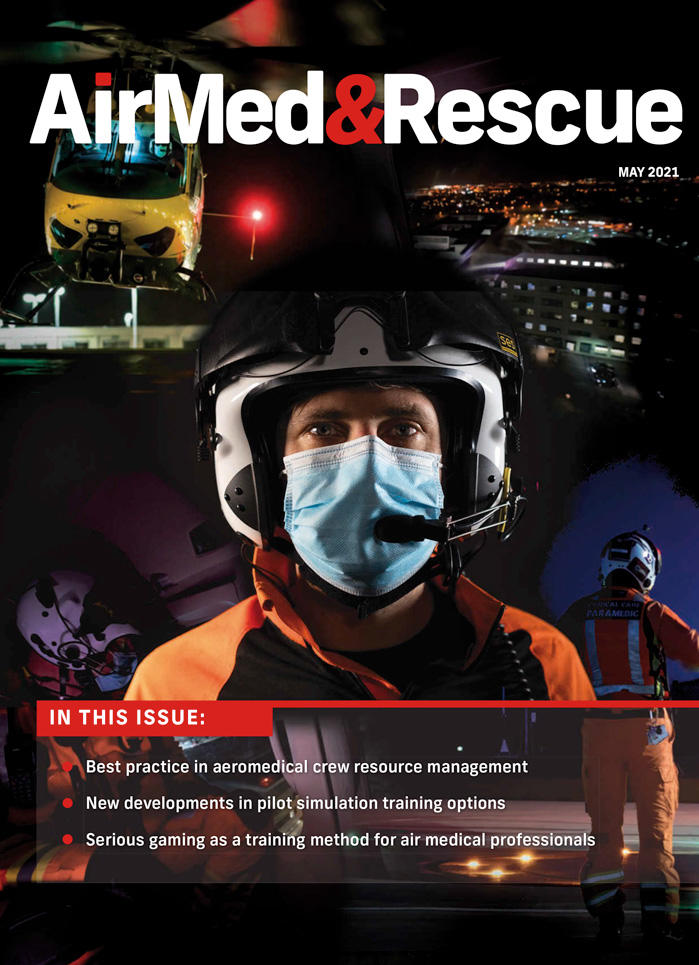
May 2021
Issue
In this issue:
- New developments in pilot simulation training options
- Serious gaming as a training method for air medical professionals
- Night vision devices – is there progress to be made?
- Interviews: Wayde Diamond, Ornge, and Dan Deutermann, The Squadron
- HEMS in Sicily
- Repatriation of four Covid positive patients from Nigeria to Israel
Peter Ten Berg
Inspired by the dynamics of aviation and a passion for photography, Peter accompanies aircraft and helicopter crews to capture them at work and hear their story for his exclusive reports. His focus is on military aviation as well as governmental subjects including HEMS, SAR, UAV and rescue.
